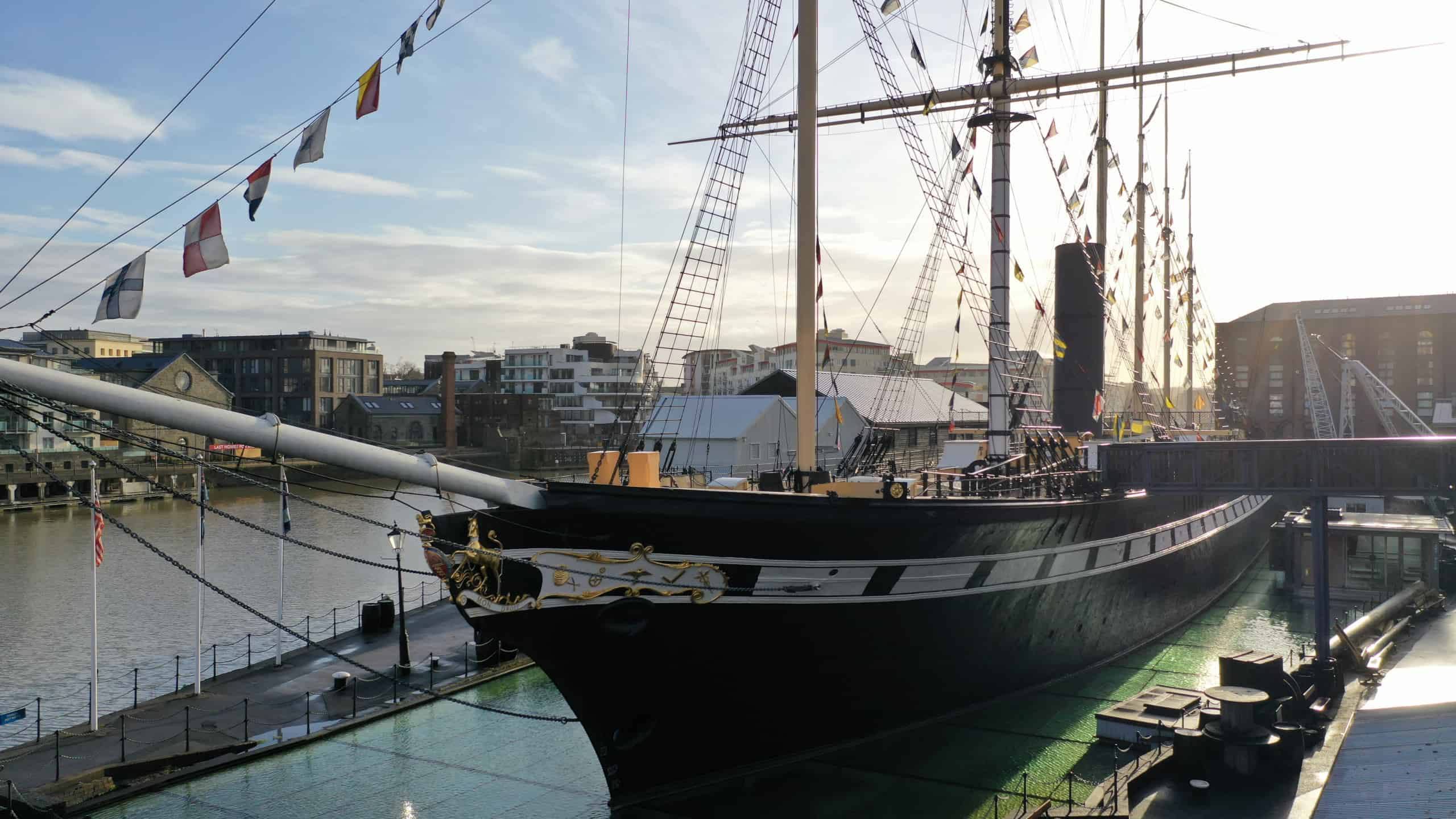During the Crimean War (1854-56), the SS Great Britain transported troops under the name HM Steam Transport Great Britain. Our main sources for this time in the ship’s life are Heywood Bright’s letters to his father (the ship’s owner), eyewitness accounts from soldiers travelling on other ships and newspaper articles reporting on the war.
When visiting Brunel’s SS Great Britain, make sure to visit the forward hold where you can experience the sights, sounds of smells of a voyage to Malta in 1855, see soldiers mucking out the stalls and grooming the horses.
Despite having less information on this time period, here are our top facts on the SS Great Britain as a troop transporter:
The SS Great Britain had the capacity to carry 1,650 soldiers and 30 horses.
Several journeys were made to Malta and Constantinople in particular, between March 1855 and June 1856. During this time, the ship carried nearly 45,000 troops in total!
The ship was commanded by Captain John Gray during this time.
Not only soldiers travelled on the ship during this time, women and children also travelled on board. On other voyages to and from the Crimea, Heywood Bright, son of the ship’s owner travelled onboard as did a number of civilian passengers.
The SS Great Britain travelled to many places during the Crimea including: Queenstown (now Cobh) near Cork, Portsmouth, Malta, Marseilles, Constantinople (now Istanbul), Gibraltar, Smyrna (now Izmir, Turkey), Scutari (now Üsküdar, Turkey), Genoa, Kamiesh (Crimea, near Sevastopol), Kerch (Ukraine) and Spezia [Italy].
The ship transported between 3 and 30 horses depending on the voyage and they were looked after by the lowest ranking soldiers:
Horses were provided with hammock-like slings during voyages, this contributed to the horse’s comfort and provided relief from standing during the long voyage.
A barrel of vinegar was used for refreshing the horses – horses often suffered from sea sickness, but horses cannot vomit, so they became ill and often died. The suffering could be alleviated by sponging their head and especially their nostrils with vinegar. This was done at least each morning and evening. Vinegar was also used to ‘wash the mangers, horses’ mouths, noses … doing so daily in hot weather’.
The horses were fed and watered at 6am, 11am and 5.30pm. The ration at sea was about nine pounds of hay to four or five pounds of corn, six gallons of water per day (some of which was used to moisten or wet the hay, oats and bran).



